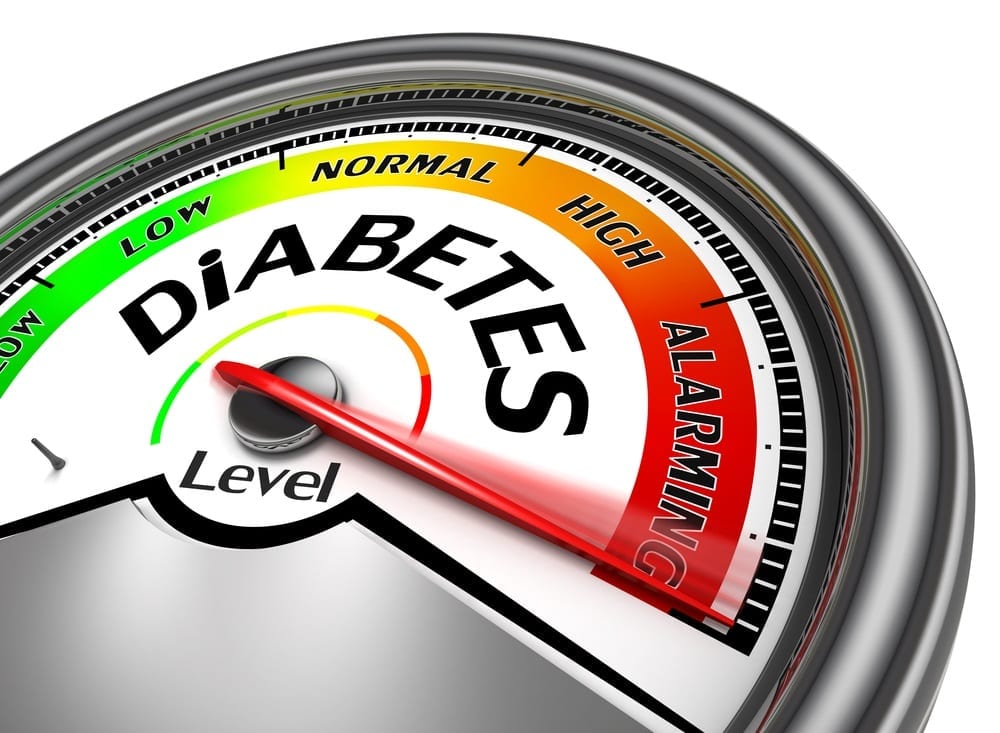The white European races have a higher risk of type 1 diabetes. And people who live in colder climates are more at risk for getting type 1. Finlanders have four times as many type 1 diabetics as we do in the U.S. and 400 times more than Venezuela.
There is often a question of how to lose weight when you find you have high blood sugar levels. The good news is, these days, most nutrition advice about eating to stay healthy and to prevent or manage type 2 diabetes is quite simple and straight forward.
Be faithful in taking the medications you've been given, and don't skip or quit. Avoiding complications is a top priority for you now, so keep all Risk of Type Diabetes your doctor's appointments and get the tests they ask for.
Excessive thirst. Diabetes is all about sugar not being processed correctly. Instead, it builds up in the bloodstream. The body realizes there is too much sugar and tries to dispose of it the only way it can, which is through urination. This means a dramatic increase in check here urine production. Since that increased volume of fluid is being removed, the body responds by being thirsty... really thirsty.

One Fish, Two Fish: Fish is not only a low-GI, protein-rich food, but the omega-3s it contains may melt away belly fat. Eat at least two to three servings per week of cold-water fish to see a real-world benefit. As a bonus, omega-3s can help quench some of the inflammation that your tummy is pumping out.
Numerous health complications are caused by diabetes. Take for example foot problems. Diabetic neuropathy (nerve damage) can cause you to feel no pain in your feet. You may not feel a foot injury, Your toes and feet may change shape. You may get foot infections.
Researchers from The American Heart Association recently put standard cardio to the test versus interval training. They found that interval training was much more effective at fighting belly fat than steady-state cardio.